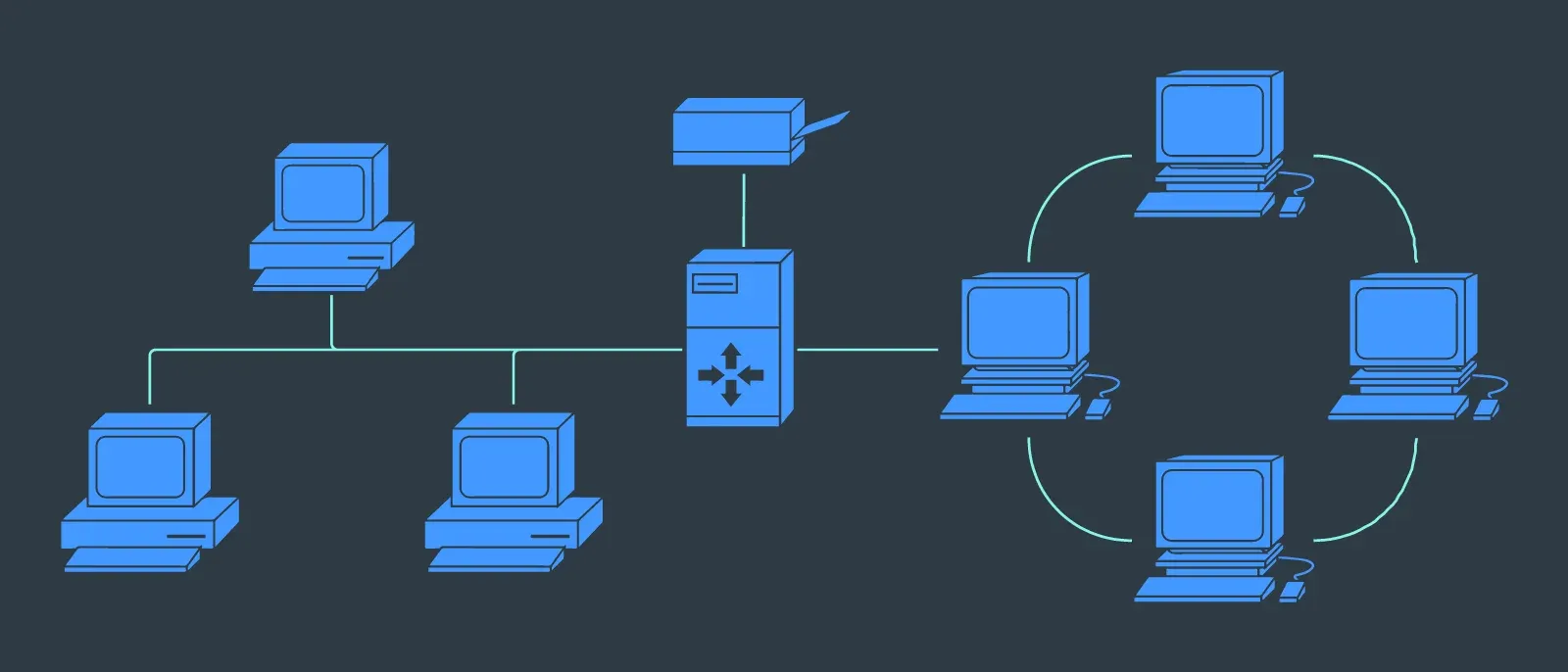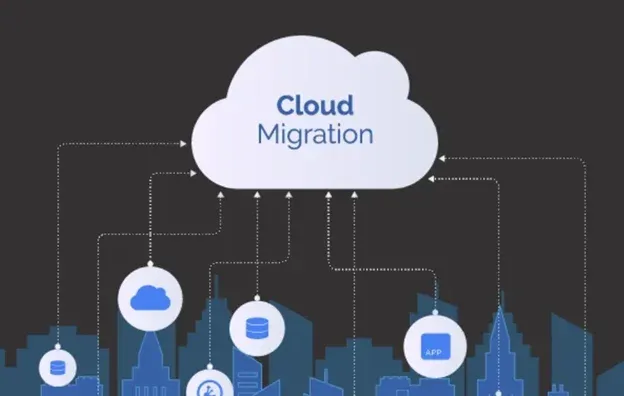In an era dominated by distributed workloads, SaaS applications, and hybrid workforces, legacy networking systems can no longer meet the demands of modern enterprises.
Transitioning to a cloud-first architecture isn’t just about moving data to the cloud—it requires rethinking how networks are designed, secured, and managed.
Audit and Assess Your Existing Network

Begin by conducting a detailed inventory of your current network infrastructure. This includes mapping out all devices, connections, protocols, and dependencies across your on-premises environment.
Identify critical issues such as hardware nearing end-of-life, latency bottlenecks, rigid routing policies, and outdated security configurations. With this information, perform a gap analysis to compare your existing setup with the demands of a cloud-native architecture.
This step is essential to avoid simply lifting and shifting inefficiencies into the new environment and instead lays the foundation for a smarter, future-ready network.
Cloud-Ready Network Architectures
Legacy hub-and-spoke models don’t align with the distributed nature of cloud apps. Instead, shift to more agile models:
-
Software-Defined Wide Area Network (SD-WAN): Replace traditional MPLS with SD-WAN for better visibility, traffic prioritization, and cloud app performance.
-
Virtual Networking: Embrace virtual network functions (VNFs) and cloud-based firewalls for scalable, pay-as-you-grow security.
-
Cloud Transit Gateways: Use services like AWS Transit Gateway or Azure Virtual WAN to unify hybrid environments and simplify routing.
These tools decouple networking from rigid hardware dependencies, allowing you to route traffic dynamically based on user location and workload type.
Implement Zero Trust and Edge Security
As workloads extend beyond the traditional data center, it's essential to rethink trust boundaries. Adopting a Zero Trust Networking model means verifying every access request based on identity, device health, and context—regardless of its origin.
Secure Access Service Edge (SASE) further strengthens this approach by merging networking and security at the edge, ensuring consistent protection for users accessing cloud applications from any location.
Additionally, implementing microsegmentation allows organizations to isolate workloads at a granular level, significantly limiting lateral movement for potential attackers.
In a cloud-first world, security must follow the user and the data—not remain confined within a firewall.
Performance with Intelligent Routing

Moving to the cloud doesn’t automatically guarantee better performance. You must optimize paths:
-
Use smart traffic steering to prioritize mission-critical SaaS and IaaS services.
-
Implement local internet breakouts to avoid backhauling all traffic to a central data center.
-
Leverage global CDNs and edge caching to reduce latency for cloud applications.
-
Network performance should adapt to your evolving application landscape in real time.
Automate and Monitor Everything
Automation is key to managing modern cloud-first networks efficiently. By leveraging Infrastructure as Code (IaC) tools like Terraform or Ansible, organizations can automate network provisioning and enforce policies consistently across environments.
Cloud-native monitoring tools add another layer of control, providing real-time telemetry and observability to track performance, detect anomalies, and ensure compliance.
To further enhance operational efficiency, AI-driven analytics can be employed to predict potential outages, suggest optimizations, and streamline root cause analysis.
Together, these automation strategies minimize human error and equip IT teams with the agility needed to adapt to rapid changes and complex demands.
Final Thoughts
Modernizing your legacy networking systems isn’t a one-size-fits-all project—it’s an architectural shift.
By embracing cloud-native tools, automation, and security frameworks like Zero Trust, your organization can build a network that’s future-ready, resilient, and optimized for today’s digital demands.







